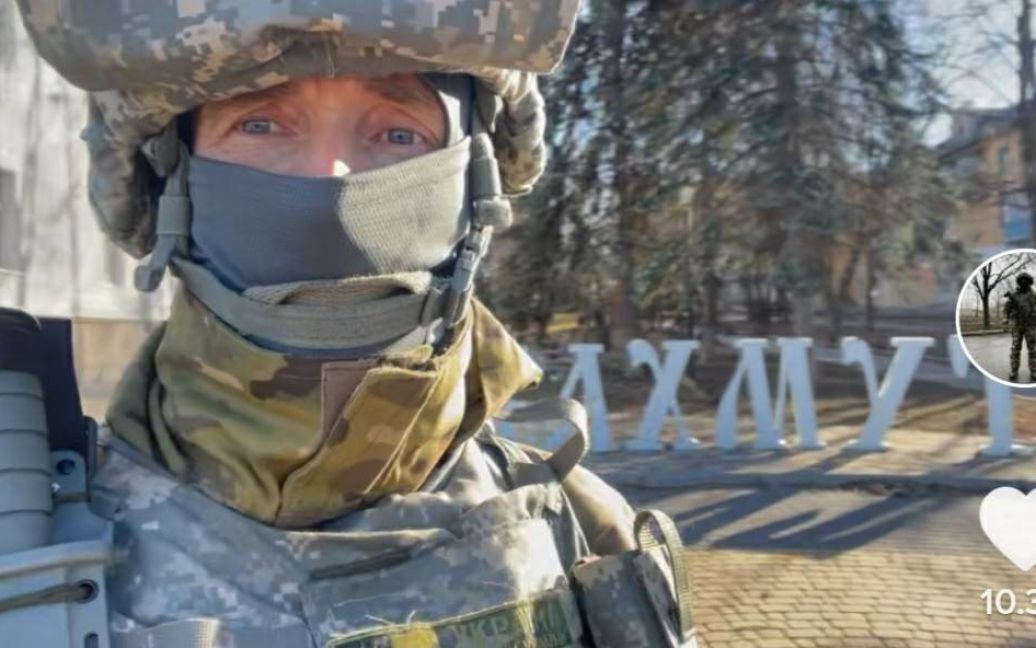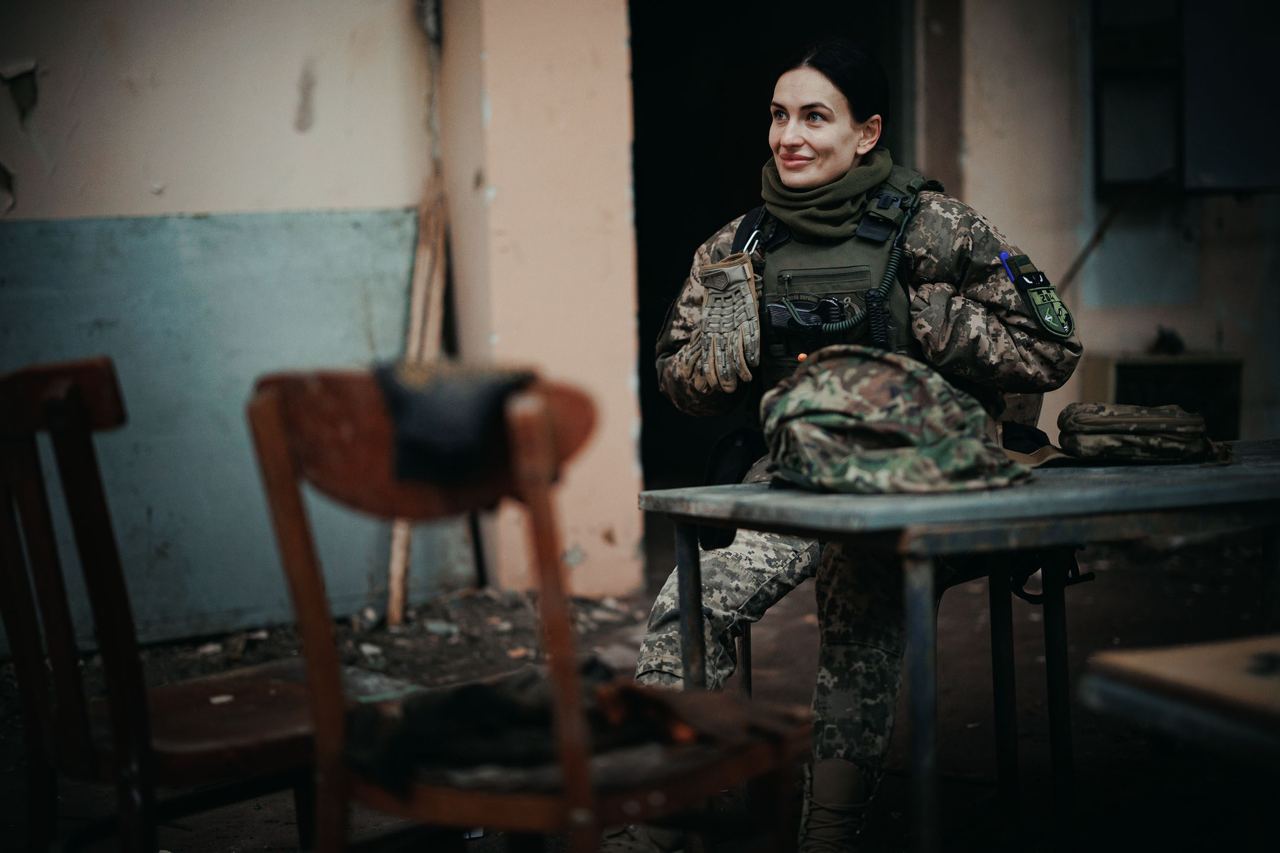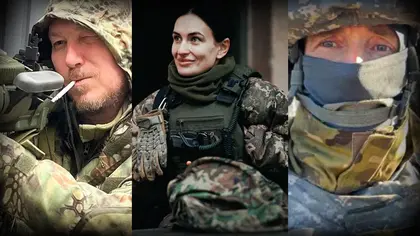From the first days of the war, Ukraine has shown the world images of heroic defiance: a woman puts sunflower seeds in a Russian invader’s pocket, telling him it’s because she wants flowers to bloom once he’s buried; a group of unarmed villagers push a Russian tank back; or, most recently, a Prisoner Of War forced to dig his own grave refuses to remove his Ukrainian flag patch and responds with “Slava Ukraini” just seconds before the Russians riddle him with bullets.
For over a year now, the world has been watching this war – watching more closely, perhaps, than any war in history. With the advent of satellite imagery, drones and GoPro cameras, we are getting a wide-spectrum view of every major battle and event. Unfortunately, with the increase in what we see comes a proportional increase in what can’t be unseen.
JOIN US ON TELEGRAM
Follow our coverage of the war on the @Kyivpost_official.
Weaponizing imagery
Imagery has always been a powerful weapon in war. But now, with social media, there are countless ways of circumventing the various ministries of information and/or mainstream media.
President Volodymyr Zelensky has demonstrated this from day one, filming selfie videos in defiance of the missiles falling on the capital and almost sneering at the hit squads sent for his head.
Since Russia’s massive attack, Ukrainians have embraced many heroes. On March 10, the fallen soldier Dmytro Kotsiubailo, call sign “Da Vinci,” was honored with a funeral in central Kyiv. Da Vinci was a military hero in the traditional sense. Everyone from the president to Valery Zaluzhny, commander-in-chief of the Armed Forces of Ukraine (AFU), came out to pay tribute to him.

Trump Makes 90 Day Foreign Aid Freeze – Ukraine Military Support Supposedly Untouched
Yet an array of more telematic heroes have cropped up which has helped to boost Ukrainians’ morale.
As the battle for Bakhmut grinds on through the muddy end of winter and into spring, there are plenty of openings for despair. Men are coming back from the front – often maimed and shellshocked – and doubts are creeping up about the soundness of a strategy that sacrifices so many soldiers for a town that is fast becoming a pile of rubble.
To counter any such despair, three very Ukrainian characters have appeared on social media to regularly lift the spirits not only of those back home in front of their computers and phones, but also the fighters on the front.
All three are soldiers. All three embody some stereotypical idea of Ukrainian fortitude. And all three have become living-breathing superheroes for many Ukrainians.
Kyianyn: Captain Cossack
 Screenshot from the page of "Kyianyn" in the social network
Screenshot from the page of "Kyianyn" in the social network
“I am just one of hundreds of thousands of those who defend Ukraine. There are many Cossacks like me.”
He goes by the call sign Kyianyn, which simply means Kyivite, and has thus far managed to keep his given name a secret identity. His stoic demeanor, gaunt features and icy blue eyes convey something unflappable. A soldier in the 204th motorized infantry battalion, Kyianyn has been regularly posting brief videos from Bakhmut and environs with more or less the same message: “The situation is difficult, but our Cossacks are holding. Bakhmut was, is and will be Ukrainian.”
Kyianyn often describes the suicidal human wave attacks by the Wagernites and calmly shrugs them off as an inhuman tactic that will only lead to the inevitable disintegration of the Russian military’s forces.
However, as he warned in a recent post from outside Bakhmut, “the hordes keep coming.” And though “we have the situation under control, we need to prepare for a long war… This won’t end tomorrow… There will definitely be a counteroffensive, but this war has been going on for a long time, and it’s up to our generation to put an end to it.”
Madyar: Birdman of Transcarpathia
Photo:://www.facebook.com/people/Роберт-Бровди
Robert Brovdy, 47, comes from Uzhhorod, in the far west of Ukraine, near the Hungarian border – hence, his call sign Madyar (the Ukrainian pronunciation of Magyar). Before the war he was a successful entrepreneur in the agricultural sector.
Today, the shaggy-bearded Madyar is the commander of an AFU aerial reconnaissance unit near Bakhmut.
During the Battle of Kyiv, shortly after Russia launched its full-scale attack, he took part in the capital’s territorial defense and helped civilians in Bucha and Irpin. But he quickly realized he was better suited to entrepreneurial activities than sitting in a sodden trench. On his own, he raised the funds to buy a fleet of drones and set up a reconnaissance unit, “Madyar’s Birds,” which was eventually absorbed into the 28th Mechanized Brigade.
In an interview with Forbes magazine, Madyar likens his drone commander experience to the world of business, where you set a goal – find and identify the enemy, inform the artillery, destroy the enemy. “It’s a complete business cycle, where you just improve the product every time,” the entrepreneur said.
Madyar’s knack for salty analogies and metaphors shrouded in black humor has made him a veritable social media star among war watchers in Ukraine. His colorful western Ukrainianisms – describing how he’s hunting for “worms” above the killing fields of Bakhmut – is certainly helping de-russify the AFU, at least linguistically. And his patent sound effects when showing how artillery hits an ammo dump or hideout have earned him the moniker Mr. Jaga-jaga.
Wonder-witch of the East
 Photo:https://www.facebook.com/AFUkraine
Photo:https://www.facebook.com/AFUkraine
But the real heartthrob of the AFU has to be Olha Bihar, call sign “Witch.” With her intense gray eyes, full femme fatale lips, and raven-black hair cascading over her shoulders when she takes off her helmet, she is the embodiment of the female Scythian warriors that Herodotus likened to mythical Amazons in his account of the Ukrainian steppes.Originally from the Donbas, she left for Kyiv when the Russians first invaded in 2014. Before the war, Bihar had opened a legal services firm in Kyiv while finishing her dissertation in law. Today she is not only an officer in the 241st Territorial Defense Brigade, but also the mother of a young boy and the daughter of a woman also serving in the AFU.
Bihar is always quick to point out that Ukraine has many such Wonder Women, and she often posts to recount the exploits of her brothers- and sisters-in-arms rather than her own.
Everyone needs superheroes
Hollywood has become awash with superhero franchise films. There seems to be a deep need for these larger-than-life figures – especially in societies that have lost touch with their ancient mythologies.
Invariably, each hero is endowed with a particular superpower: preternatural strength, intelligence, or certain animal qualities. What distinguishes these new Ukrainian heroes from the likes of Spiderman or one of the Avengers, is the fact that their superpower – the fortitude that comes from deep devotion to country and cause – is something all Ukrainians can cultivate in whatever way they can. And if they do, then they will help achieve what all superheroes, by design, must: rid their realm of the forces of evil – which, in this case, is the Russian invader.
Mythology aside, these heroes are understood to be force multipliers. They may not go into politics when the war is won, but they will certainly be coveted by the politically ambitious. So, for one reason or another, Ukraine is watching them.
You can also highlight the text and press Ctrl + Enter










